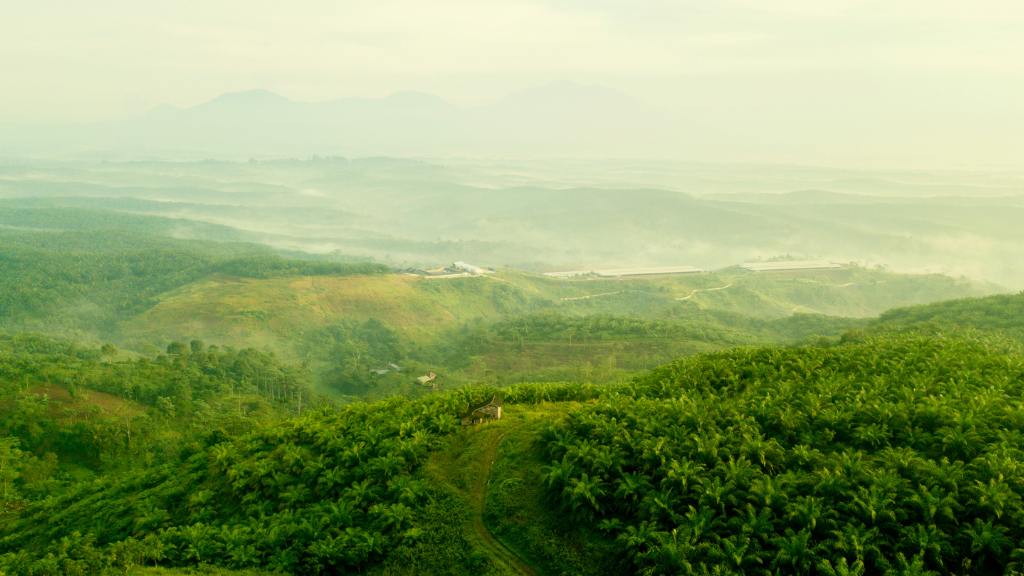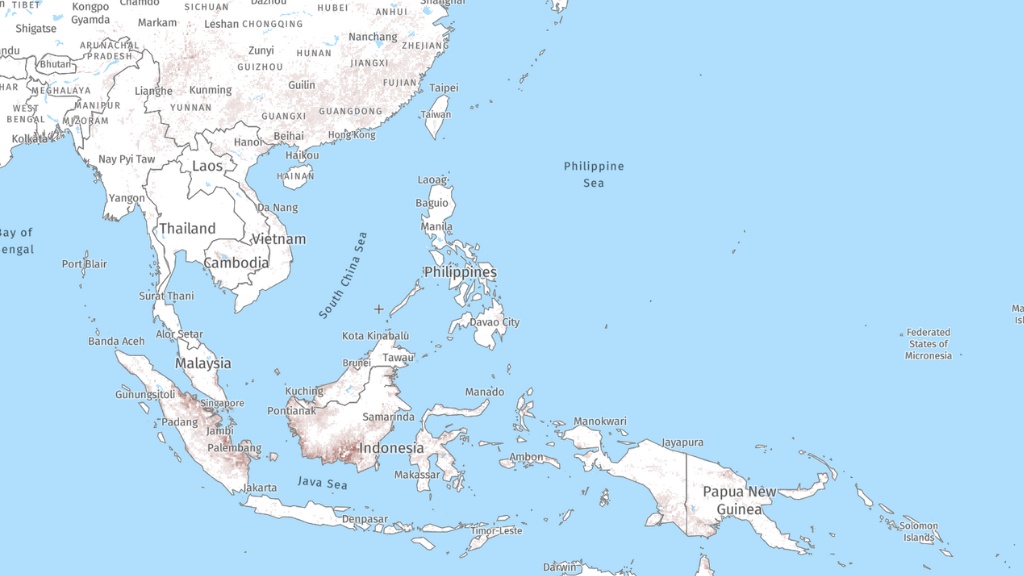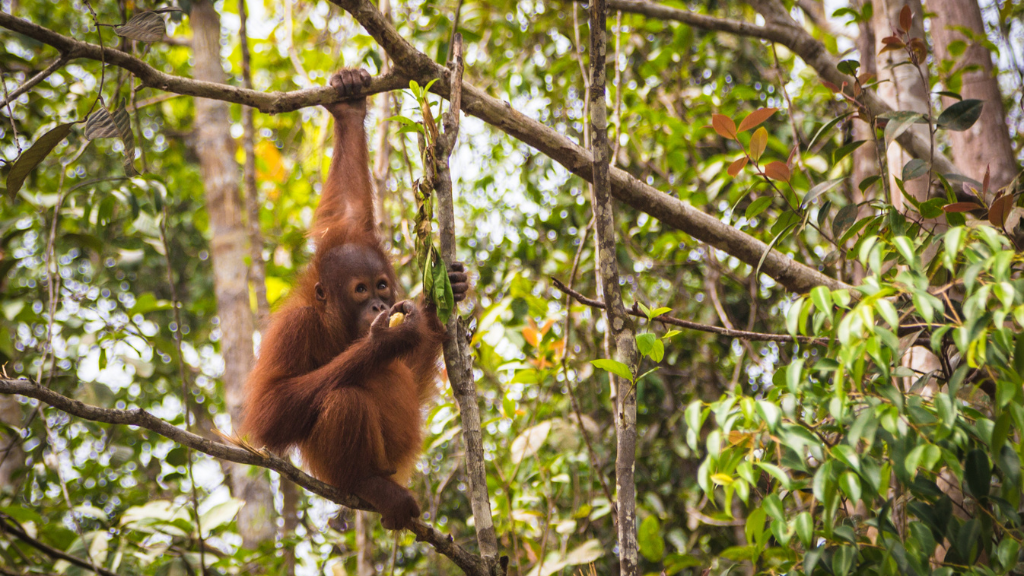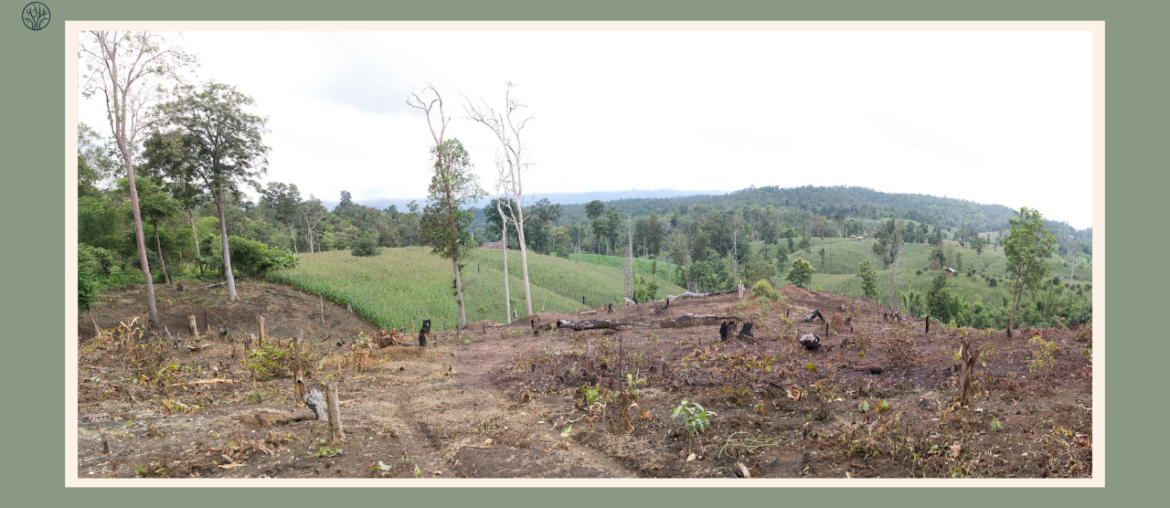Southeast Asia is a region of rich biodiversity and natural resources, but it is also one of the most threatened by deforestation. The region has lost more than half of its original forest cover in the past three decades.
What are the causes and consequences of deforestation in Southeast Asia? What are the possible solutions to protect and restore these vital ecosystems? In this article, we will explore these questions and more.
What Was The Major Cause Of Deforestation In Southeast Asia?
Deforestation in Southeast Asia is a pressing environmental issue, and it’s crucial to understand the major factors driving this trend. To address this problem, first, we need to understand its root.
1. Palm Oil Production
Palm oil production is one of the main drivers of deforestation in Southeast Asia. The demand for palm oil has increased dramatically over the years. As a result, the area of land used for palm oil cultivation has grown more than four times since 1980.
Indonesia and Malaysia are the world’s largest producers of palm oil, accounting for 84% of the global output. They have an ideal climate for growing palm trees. However, this massive production has come at a high cost for their forests.

Indonesia has lost nearly 10 million hectares of primary forest in the last two decades. In 2019, its forest cover reached its lowest level since 1990, dropping by 75%. A study in 2019 found that palm oil plantations were the most significant cause of deforestation in Indonesia, responsible for 23% of the forest loss between 2001 and 2016. Shockingly, more than 3 million hectares of forest land in 2019 were illegally converted into palm oil plantations, breaking the national forestry laws.
Oil palm trees have a life span of 28-30 years, after which they become too tall to harvest their fruits efficiently and need to be replaced. This means that large areas of land have to be cleared regularly to plant new oil palm trees. It is estimated that around 300 football fields of forest are cleared every hour worldwide for this purpose.
The conversion of forest land into palm oil plantations has serious consequences for the environment. It reduces the forest’s capacity to absorb carbon dioxide and threatens the survival of many plant and animal species.
While there are still debates about the role of palm oil in global forest loss. It’s indisputable that the land conversion and deforestation practices associated with palm oil production have far-reaching consequences.
2. Logging
Besides palm oil production, logging and agriculture are also major causes of deforestation in Southeast Asia. Logging activities, especially illegal ones, have destroyed millions of hectares of forest land in the region. Agriculture practices, such as slash-and-burn, have degraded the soil quality and increased the risk of wildfires.
Illegal logging is a widespread problem in Southeast Asia, especially in Indonesia, where it has cost the nation over $4 billion in annual revenue. Between 1991 and 2014, illegal logging provided a staggering 219 million cubic meters of timber in Indonesia, constituting 80% of timber exports in the 2000s.
In Southeast Asia, to compete with large plantations for land and profit, many farmers often use harmful practices. One such practice is slash-and-burn agriculture, commonly employed in Borneo. The resulting layer of ash enriches the cleared land, aiding crop growth.
However, this method has severe long-term consequences. After a few years, the nutrients are depleted, and the land degrades, forcing farmers to move and clear new plots, perpetuating deforestation. Moreover, slash-and-burn agriculture contributes to increased carbon emissions, posing a substantial threat. In fact, NASA researchers have linked accelerated slash-and-burn practices to the largest single-year global increase in carbon emissions in two millennia. This has propelled Indonesia to the position of the world’s fourth-largest source of carbon emissions.
Furthermore, slash-and-burn techniques heighten the risk of wildfires, a problem already evident in Indonesia. The devastating 2019 fires released a staggering 708 million tonnes of carbon dioxide, doubling the emissions of Amazon wildfires in the same year due to peatland burning.
3. Forest fires
One of the most devastating consequences of deforestation in Southeast Asia is the occurrence of forest fires, which destroy large areas of forest every year. While some fires are natural, most of them occur due to human activities.

The main cause of forest fires in Southeast Asia is land clearing for agriculture, especially for oil palm and rubber plantations. These crops are in high demand globally and offer lucrative profits for farmers and companies. However, clearing forests by fire is a cheap and easy method that has serious environmental and social costs.
One of the most affected countries by forest fires is Indonesia, which has the largest area of tropical peatlands in the world. Peatlands are wetlands that store large amounts of carbon in their organic soils, formed by decomposing vegetation over thousands of years. Peatlands also support rich biodiversity, including endangered species such as orangutans and Sumatran tigers.
However, when peatlands are drained and burned for agriculture, they release vast amounts of greenhouse gases into the atmosphere, contributing to global warming and climate change. Peat fires also produce toxic haze that affects the health and livelihoods of millions of people in Indonesia and neighboring countries. What’s worse is that peat fires are very difficult to extinguish, as they can smolder underground for months or even years.
In 2015, Indonesia experienced one of the worst fire seasons in history, burning 2.6 million hectares of land, mostly on the islands of Sumatra and Kalimantan. The fires caused an estimated $16 billion in economic losses and resulted in over 100,000 premature deaths due to respiratory illnesses.
How Does Deforestation Affect Southeast Asia?
Deforestation, a global concern, has far-reaching implications for our environment, particularly in the context of biodiversity loss and climate change.
Biodiversity Loss
Southeast Asia stands as a biodiversity hotspot, housing approximately one-fifth of the world’s species. This region boasts incredible biological diversity, hosting iconic species such as orangutans, elephants, tigers, and rhinoceroses, along with countless lesser-known and undiscovered animals and plants. However, this rich tapestry of life faces a dire threat due to deforestation.

The most significant concentrations of biodiversity exist in primary forests, those untouched by human activity or left to recover over extended periods. Tragically, between 2001 and 2019, Southeast Asia lost a staggering 610,000 km2 of forests. While some forests regenerate naturally after clearing, it can take thousands of years for secondary forests (those growing back on cleared land) to regain their original biodiversity.
Climate Change
Forests serve as crucial carbon sinks, mitigating climate change by absorbing carbon dioxide from the atmosphere. Clearing these forests not only halts this essential process but also releases previously stored carbon into the atmosphere, contributing significantly to greenhouse gas emissions. In fact, tropical deforestation accounts for approximately one-fifth of the world’s greenhouse gas emissions, a staggering statistic that underscores its global impact.
Indonesia faced a severe crisis in 2015 when it became the world’s top emitter of greenhouse gasses for a short period. This was due to massive fires that burned millions of hectares of forest. Many of these fires occurred in areas with peaty soil, which had been cleared of forest. On average, Indonesian peat forests store twelve times more carbon than other tropical forests on mineral soil. Therefore, when peatland fires occur in Indonesia, they release much more carbon dioxide than similar forest fires in the Amazon.
Regeneration of cleared land’s carbon-absorbing capacity occurs as new trees grow, but the rate of recovery varies significantly. Natural secondary forests can recover up to 90% of lost biomass (living vegetation matter) within 66 years. However, plantations, such as oil palm plantations, exhibit much lower biomass levels (around -80%), translating to diminished carbon absorption capacity. Additionally, draining peaty soil before plantation activities not only increases the risk of fires but also triggers peat decomposition, releasing carbon dioxide into the atmosphere over an extended period.
Solutions To Deforestation In Southeast Asia
Deforestation in Southeast Asia is a complex and multifaceted problem that requires a combination of solutions at different levels and scales. Some of the possible solutions are:
1. Promoting sustainable forest management
Sustainable forest management (SFM) is a way of managing forests that balances environmental, social, and economic objectives. SFM aims to conserve forest biodiversity and ecosystem services while providing forest products and benefits for present and future generations.
SFM can be achieved through various approaches such as certification schemes, reduced impact logging (RIL), community-based forest management (CBFM), agroforestry systems (AFS), and payment for ecosystem services (PES). These approaches can help improve forest governance, enhance forest quality and productivity, increase forest income and employment, and reduce forest degradation and conversion.
2. Expanding protected areas
Protected areas can help conserve forest biodiversity and ecosystem services by preventing or limiting human activities that cause deforestation or degradation. Additionally, these areas can also provide benefits for local communities such as ecotourism opportunities, environmental education programs, and cultural values. According to the World Database on Protected Areas (WDPA), there are more than 7,000 protected areas in Southeast Asia covering about 20% of the region’s land area. However, many of these protected areas are poorly managed or enforced due to lack of funding, capacity, or political will.
3. Restoring degraded forests
Forest restoration is the process of restoring degraded forests to their original or desired condition. This can help recover forest biodiversity and ecosystem services by enhancing forest structure, function, and resilience. Furthermore, forest restoration can also provide benefits for human well-being such as carbon sequestration
Conclusion
Deforestation in Southeast Asia is a serious environmental and social problem that has global implications for climate change, biodiversity, water, soil, and human well-being. This is caused by multiple and complex drivers that vary across countries and contexts. We can prevent deforestation by implementing various solutions such as protected areas, sustainable forest management, restoration, and carbon sequestration. These solutions require the cooperation and coordination of multiple actors and sectors at different levels and scales. By addressing deforestation in Southeast Asia, we can not only conserve its rich and unique forests but also contribute to the global efforts to achieve a more sustainable and equitable future for all.









